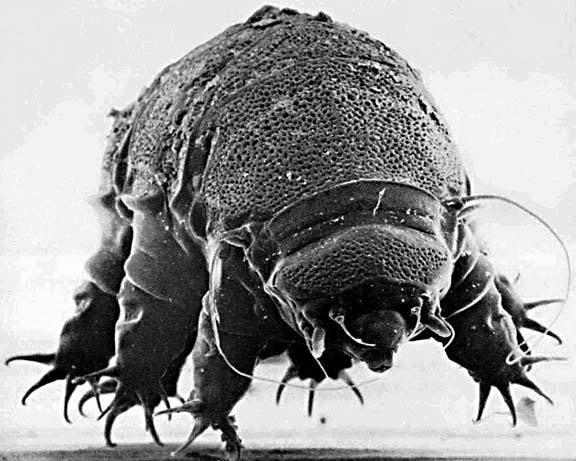Post by rainforestguy on Jan 24, 2008 3:49:53 GMT 8
Each year goes by and I wonder what advances we have achieved in anything. But pertaining to nepenthes, I often wonder how far we have actually come.
Aside from "saving" these species. I feel we should also expand our horizons in thinking. It is often taboo for someone to collect wild nepenthes from habitat, yet each day, thousands of plants are destroyed (FOREVER) due to logging, road building, and so forth. We need to start to integrate the idea of "saving" these plants from such activities. I see a weekly show of orangutans saved from illegal logging and forest destruction called "Orangutan Island." This show highlights the struggle of orphaned primates develop and live outside of their habitat regions.
I don't plan on creating such a show for nepenthes, but what if wild nepenthes can be saved and rescued and perhaps relocated to a new environment, safe from destruction of our forests. What are the processes involved in making such an effort? You would need dedicated individuals (like on the show) to process these collections and reestablishing them in "safe" protected sites. Of course you would need money to purchase the land, secure it as a sanctuary or protected zone, or even combine them with other established sanctuaries such as bird sanctuaries or other protected areas.
With Orangutan Island, nothing is shown or said about the illegal trade in logging and habitat destruction even though these animals are protected under CITES as well. I think we need equal legislation with regards to nepenthes as well.
Whenever it comes to saving a plant from habitat it becomes a big hush up topic. Yet commercial growers can take seeds, cuttings and even whole plants from habitat without any second thoughts. How is this possible?
M
Aside from "saving" these species. I feel we should also expand our horizons in thinking. It is often taboo for someone to collect wild nepenthes from habitat, yet each day, thousands of plants are destroyed (FOREVER) due to logging, road building, and so forth. We need to start to integrate the idea of "saving" these plants from such activities. I see a weekly show of orangutans saved from illegal logging and forest destruction called "Orangutan Island." This show highlights the struggle of orphaned primates develop and live outside of their habitat regions.
I don't plan on creating such a show for nepenthes, but what if wild nepenthes can be saved and rescued and perhaps relocated to a new environment, safe from destruction of our forests. What are the processes involved in making such an effort? You would need dedicated individuals (like on the show) to process these collections and reestablishing them in "safe" protected sites. Of course you would need money to purchase the land, secure it as a sanctuary or protected zone, or even combine them with other established sanctuaries such as bird sanctuaries or other protected areas.
With Orangutan Island, nothing is shown or said about the illegal trade in logging and habitat destruction even though these animals are protected under CITES as well. I think we need equal legislation with regards to nepenthes as well.
Whenever it comes to saving a plant from habitat it becomes a big hush up topic. Yet commercial growers can take seeds, cuttings and even whole plants from habitat without any second thoughts. How is this possible?
M


